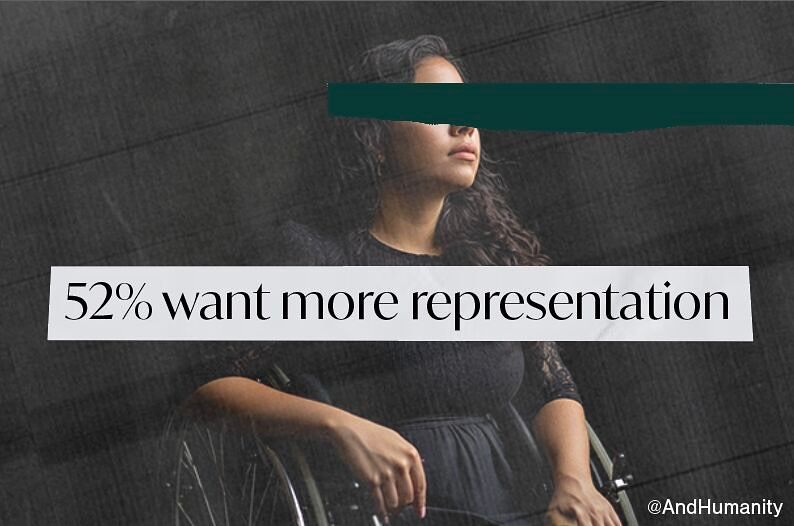This article was written by Matthew Tsang (he/him), a 2nd Generation Canadian Born Chinese Settler. Expert in Chinglish. Child of a Single Mother, and Grandchild of a rich man that lost it all to greed. Dog Dad, Human Dad, Husband, Son, Brother, and Friend. Born Reader and Writer. Fiction over non-fiction. Learned Entrepreneur and Strategist. People over profits. Lover of films, hockey, and night time. Co-Founder and Partnerships Cultivator at AndHumanity. Grateful to reside on Coast Salish Territory on the unceded lands of many Indigenous Nations including the (Tsleil-Waututh), xʷməθkʷəy̓əm (Musqueam), Sḵwx̱wú7mesh (Squamish and Stó:lō (Sto:lo)).
“Dada, you’re my best friend”
Hearing that from my 4-year-old daughter a couple months ago made my whole day. I still beam thinking about it right now.
What was so important about those 5 words was that it validated an important decision I made over 3 years ago.
When my daughter was only about 6 months old, I was really struggling trying to balance my work and life, so I called up a friend – who was a more experienced father – to get some advice. After I explained my situation – being exhausted and still not being able to be a fully present father and an effective business owner at the same time – he merely sighed and said, “yeah, being a modern dad is hard.”
Being a father came at me fast. I had done all the pre-reading and spoke with other parents, but nothing really prepares you for how drastically your life changes. Before she was born, my thought of how to be a present father was perfectly balancing both fatherhood and the way I was currently working (long, grueling hours), but I quickly learned that it was unsustainable. Put that on top of the fact that she was born near the beginning of the COVID pandemic, and I was not physically nor mentally prepared at all.
However, after that conversation over 3 years ago, I made a decision; I was going to put aside a business that I had poured so much of myself into, and instead, prioritize fatherhood over work. This meant unlearning a lot of the generational and patriarchal conditioning I received from my Chinese ancestors, and seeing a therapist more consistently in support of it.
The most important thing for marketers and communicators to note from all of this is that I am not unique. This decision I made is not unique. A lot of dads today – including my friend – born in and around the Millennial/Gen X age are realizing that the societal expectations of fathers are nowhere near where they personally want to be as fathers.
So, how do brands appeal to what many are calling “the modern dad”?
Well, it all starts with understanding your audience. And since I can’t speak for anyone else, I’ll share some insights about myself:
- I only had about 5 years with my dad before he passed away, but my mom has shared a lot of stories, and apparently he was a stereotypical father in his generation; never changed a diaper, never cooked or cleaned, and was the main disciplinarian to his 4 kids. I loved him dearly and understand why he fathered the way he did, but I didn’t want to replicate him in that way
- I believe the pressures of being a parent today are immense – there’s so much information – much of it contradicting, and as someone once told me, it’s truly the “hardest job you’ll ever love”. I can say with certainty that parenting is harder for me than running any business and working at any job I’ve ever had
- And I really do love it; I can barely help myself from bringing her up in work conversations, and I’m really glad that this is no longer deemed an “unprofessional” thing to do.
- As a 2nd generation Asian Canadian father, there’s extra nuance too:
- My father was like many other immigrant fathers – he didn’t show a ton of emotion beyond spurts of anger, and he wasn’t very transparent with his kids
- He was not emotionally available and also didn’t really think about mental health for himself and his family
- He was extremely frugal – my mom too. I remember one time she saw that we had bought a pack of 3 sippy cups, and she was confused why I spent money on more than one. “Just buy one and wash it whenever you need it!” she exclaimed.
Based on all these insights about myself, I have 7 thoughts on how brands can appeal to modern dads like myself:
- Stop making attempts at humour about the stereotype of uninvolved, lazy, and/or incompetent fathers. Instead, acknowledge the change that’s happened and create products and communications that support it
- Directly counter these aforementioned stereotypes in your content. Purposely showcase involved fathers that contradict the patriarchy in an attempt to normalize it in media and marketing. Tell counter-stereotypical stories about emotionally available fathers and ones who understand the importance of mental health.
- Stop the narrative that the stress and emotional labour of a career is equal to the stress and emotional labour of raising children. It’s not the same. To me, a good comparison is planning an event versus planning your wedding – there are so many more layers to the latter.
- Tell deeper, more culturally nuanced stories about more complex intersections like mine as a Millennial, Asian Canadian, modern dad – I’ve never seen this represented anywhere in advertising but I see it everywhere with my friends and family. How come there’s such a vast disconnect? Being a dad is a role so many people actively participate in; tell stories about and celebrate 2SLGBTQIA+ dads, disabled dads, single dads, etc.
- I already know that I will definitely involve my daughter (and any future children I have) in more family decisions than my parents ever did. This means creating communications that resonates with the family as a whole – not just parents.
- Acknowledge that being a modern dad is hard. What makes it even harder is that there is unfortunately a lack of popular role models to look up to, which brings me to my last point…
- Partner with and elevate influential voices that are already sharing content of what it means to be a modern day father. Find those that provide unique insight into their specific lived experience, because being a modern day Asian father is much different than a modern day trans father, or a modern day Black father, or a modern day autistic father. Elevate these voices and you’ll have the opportunity to earn the trust of these audiences as well.
One more thing about my daughter, she’s at the age where she’s like a sponge absorbing everything around her. And I worry because as she grows up and is exposed to more media, marketing and advertising, it’s likely going to affect her negatively, and I know I’m not the only one who thinks this. So, lastly, if brands want to appeal to dads like me, never ever forget your responsibility to humanity at the end of the day; it’s more important than selling anything a brand has to offer.









